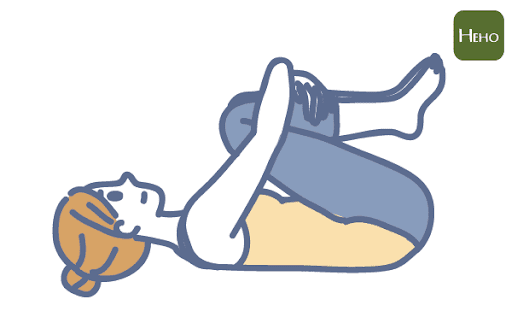herniated disc is a common spinal condition, with typical symptoms including back pain, leg pain, and lower limb numbness. After the acute phase, appropriate exercises and activities are crucial for recovery. Here are some rest and exercise recommendations for post-herniated disc care:
Acute Phase (usually 1-2 weeks) During the acute phase of a herniated disc, the primary goal is to alleviate pain and reduce inflammation. Recommendations include:
- Adequate Rest: Avoid excessive activity, but do not stay completely bedridden as it can lead to muscle stiffness and weakness.
- Posture Adjustment: Choose pain-relieving postures, such as lying on your back or side.
- Ice Packs: Apply ice packs to the painful area for 20 minutes several times a day to reduce inflammation and pain.
- Medication: Take pain relievers and anti-inflammatory drugs under the guidance of a doctor.
- https://news.immigration.gov.tw/NewsSection/Detail/C68A9BC8-AAF8-415C-B96B-F5FC8F148A99?lang=TW

During the acute phase, lying flat is recommended. Image provided by Heho Health
Post-Acute Phase (usually after 2 weeks) After the acute phase, appropriate exercises and activities help speed up recovery. Doctors and physical therapists will provide specific exercise recommendations. Here are some common suggestions:
- Stretching Exercises:
- Cat-Cow Stretch: On a yoga mat, get on all fours, arch your back and then sway it, gently stretching your back.
- Pelvic Tilts: Lie on your back with knees bent, gently lift and lower your pelvis.
- Core Strengthening Exercises:
- Bridges: Lie on your back with knees bent, feet flat on the floor, lift your hips, hold for a few seconds, then lower them.
- Dead Bug: Lie on your back, lift your arms and legs, lower the opposite arm and leg simultaneously, then return to the starting position.

You can do Williams exercises to relieve pain. Illustrated by Heho Health
- Low-Impact Aerobic Exercises:
- Walking: Take short daily walks to improve blood circulation and reduce pain.
- Swimming: Swimming or exercising in water reduces spinal pressure due to the buoyancy.
- Posture Training:
- Correct Posture: Maintain natural spinal curves while sitting and standing, avoid prolonged sitting or standing.
- Use Support: Use a lumbar support cushion when sitting for long periods to reduce lower back pressure.
- https://news.immigration.gov.tw/NewsSection/Detail/711a7a2e-d906-47db-80cc-89157cfe5d46?lang=TW
Exercise Precautions
- Gradual Progression: Gradually increase exercise intensity and duration, avoid overexertion.
- Avoid High-Impact Exercises: Such as running and jumping, as they can exacerbate a herniated disc.
- Listen to Your Body: If certain exercises cause pain, stop immediately and consult a doctor or physical therapist.
- Regular Check-ups: Regularly visit the hospital for check-ups and adjust the exercise plan based on doctor's advice.
Conclusion Recovery from a herniated disc requires a combination of rest and appropriate exercise. The acute phase should focus on rest and pain relief, while post-acute phase can gradually include stretching exercises, core strengthening, and low-impact aerobic exercises. During the exercise process, progress gradually, avoid overexertion, and follow the professional advice of doctors and physical therapists to promote recovery and prevent recurrence.







